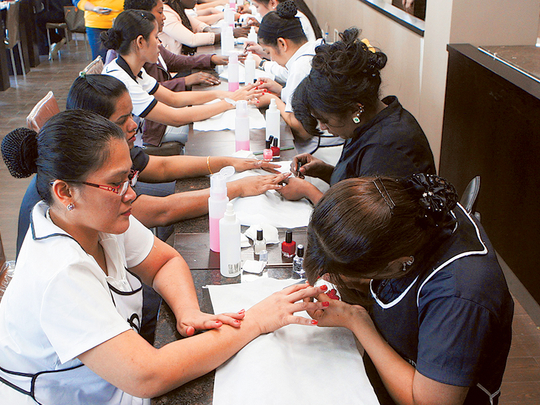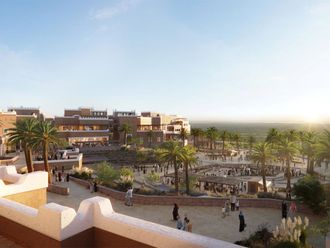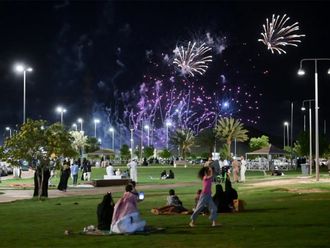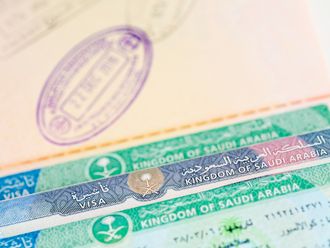
Dubai: Wellness tourism is projected to grow by more than 9 per cent per year through 2017, nearly 50 per cent faster than overall global tourism, Anni Hood, Director of Wellness Tourism at Global Wellness Institute, said.
Wellness tourism represents six per cent of all domestic and international trips and 14 per cent of all domestic and international tourism expenditure.
“Ageing populations, an alarming rise in chronic disease and unhealthy lifestyle, failing medical system with rising costs, and the stress associated with modern lifestyle are all trends is driving the emergency of a wellness industry,” Hood said.
According to Global Spa and wellness Economy Monitor, the size of global wellness economy was estimated at $3.4 trillion in 2013.
The wellness industry broadly includes complementary and alternative medicine, nutrition and weight loss, spa, fitness and mind-body activities, beauty and anti-ageing, preventive and personalised health and wellness tourism.
According to the Global Wellness Institute’s 2013 report, by 2050 the proportion of the world’s population over 60 years will double. Between 2002 and 2020, health spending in OECD countries will be more than triple at $10 trillion.
Worldwide, obesity has nearly doubled since 1980 and almost 10 per cent of the world’s adult population has diabetes, according to the report. Chronic disease is responsible for 60 per cent of deaths, the report said.
Middle East
The UAE, especially Dubai, is among the countries with the largest spa growth, which has almost doubled since 2007, together with Morocco and Saudi Arabia, according to the Global Spa and Wellness Economy Monitor.
Consumers in the Middle East have long associated spas with relaxation and pampering. Rising incomes, population growth, and increased tourism inflows in the Gulf countries have continued to drive the growth of day spas and hotel spas, many of which also target the luxury local consumer segments, according to Hood.
“The region has added many hotels and resorts in recent years. Catering to key tourism markets of European, wealthy Asian, Gulf visitors and business travellers, extensive spa and fitness facilities are now standard and expected amenities in high-end hotel/resort and real estate developments,” Hood said.
In 2013, the number of spas in the UAE was recorded at 566 with an annual revenue of $581.6 million employing 18,251, according to the Global Wellness report 2013.
The number of wellness tourism trip in 2013 stood at 1.2 million with a value of $2.24 million according to the report.












